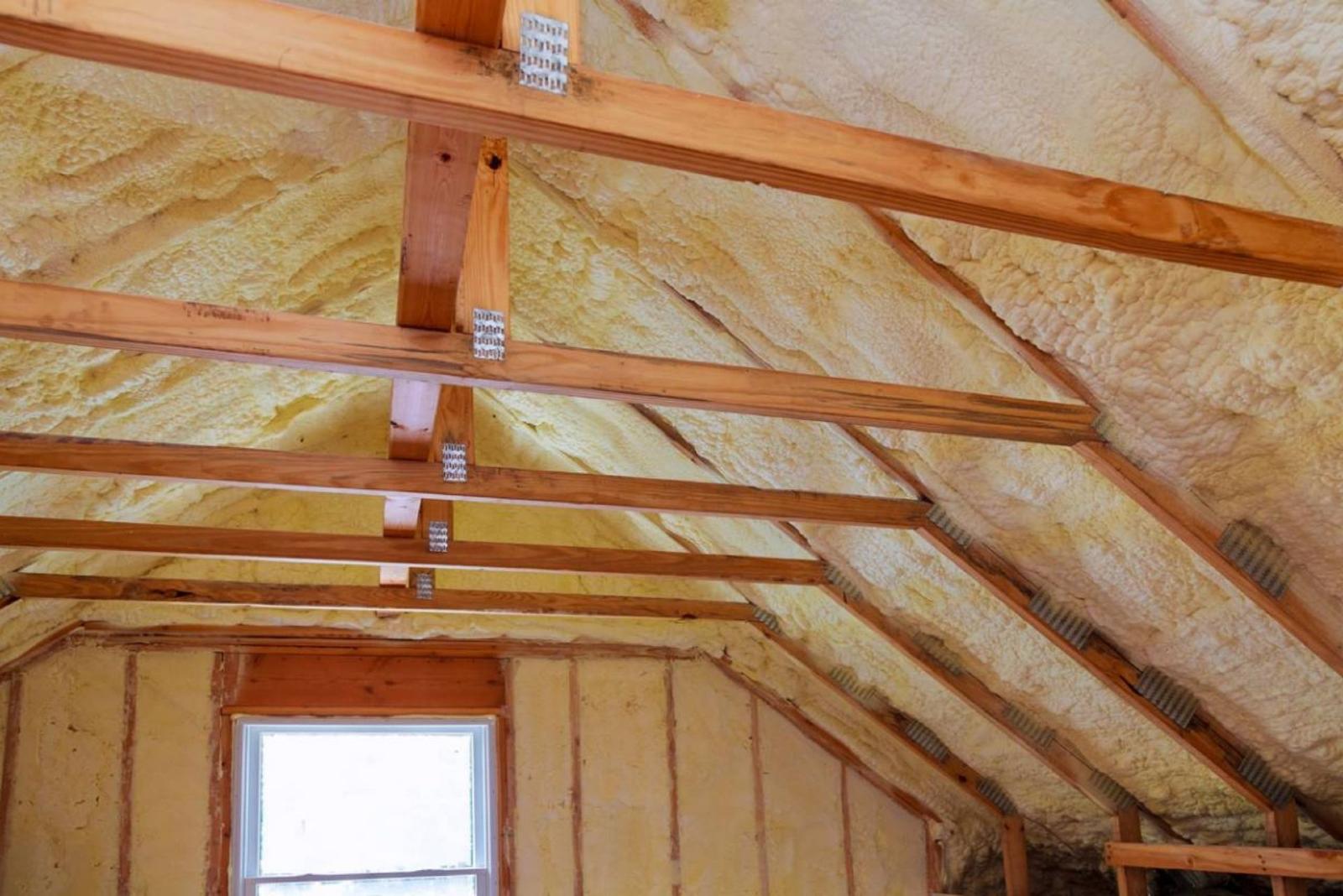
15 Mar How to Tell if Your Roof is Insulated Well
Want to save energy and keep your home comfortable? You’ll need a well-insulated roof.
The roof, you see, is part of what is called the building envelope. The building envelope is also made up of your walls, foundation, windows, and exterior facing doors – all of the things that keep the outdoor climate out, and the indoor climate in.
Your building’s envelope is what keeps your home cool in the summer and warm in the winter. If any point of it is weaker than the other points, it seriously reduces how effective the whole envelope is. That means if your roof isn’t well-insulated, it hampers your entire home’s insulation. Heat will seep out of your roof in the winter, and seep into your roof in the summer.
It’s not always easy to tell if your roof is insulated, or well-insulated. In this guide, we’ll present you with a number of options to help you figure out how insulated your roof is. From there, you can decide whether or not more insulation is worth the time and effort to you.
Get an energy audit
You can pay someone to come into your house and check your building envelope’s thermal resistance – that’s the term for its ability to stop heat from flowing in and out. The advantage to a professional energy audit is twofold: you’ll get a very solid idea of how well-insulated your roof is, and you’ll learn about the levels of insulation in the rest of your home.
The typical energy audit will cost you a few hundred dollars. In some areas, you might be able to get a rebate on your energy audit, especially if you later take action to insulate your home.
A tip for energy audits – never get your audit from the same company that does your insulation. There’s a conflict of interest!
Do-it-yourself energy audits
You can also perform an energy audit yourself – it’s a lot less expensive, but you might get less accurate results. The Department of Energy has created a guide to do-it-yourself energy audits that you can check out – you can also buy tools like resistance thermometers. We’re going to explain one of the steps you can take to do your own energy audit in the “Check it yourself” section.
Contact your contractor
For a recently built or renovated home, you can talk to your contractor to figure out how the roof or attic was insulated. Newer homes will almost always have roof insulation, but you might want to install more if you’re trying to save energy or remodel to become an eco home.
If you recently had your roof redone, your roofer may know how much insulation you have. Of course, if you recently got your roof or attic insulated, you can call your insulation contractor – but we really hope you don’t need to read this if that’s the case!
Check it yourself
Finally, you can check your roof’s insulation yourself. You can do this by going into your home’s attic – most attics have indoor access, though some have outdoor access. Rarely, an attic won’t have any access points, in which case you’ll have to create your own. If you’re not sure what you’re doing, it’s better to hire a contractor to build an access point.
Be careful if you’re going the check it yourself route – some attics contain asbestos. Avoid disturbing insulation if you can – if you see grey, pebble-like insulation, it could be asbestos and should not be touched.
Even in homes where the attic walls can’t be accessed, insulation is possible – you can use blow-in insulation. In some cases, you may also be able to use spray foam insulation.
Wear safety equipment when checking your attic insulation – a respirator, safety goggles, long-sleeved clothing, and gloves are all good ideas.
Other signs your roof isn’t insulated
There are a number of symptoms of an under-insulated or uninsulated roof. These don’t necessarily mean your roof isn’t insulated, but they do mean you should check your roof’s insulation. Many common roofing problems are caused by a lack of insulation.
You’re getting ice dams
When your roof doesn’t have enough insulation, heat will seep out of your attic in the wintertime and melt the snow on your roof. That melted snow then begins to seep down the sides of your home, where it freezes into ice because of the cold weather. These ice dams can cause damage to your gutters and can fall on passersby.
A well-insulated roof does a lot to prevent ice dams because the snow won’t melt from your home’s heat. Though this isn’t often a problem in South Texas (aside from this year’s freakishly cold winter storm), we thought we’d include this point for our friends who might be reading from the north.
Your heating or cooling bills are high
High heating and cooling bills are a sign that your home lacks insulation in general. Though they don’t necessarily mean your roof is under-insulated, it may be the culprit.
There’s water damage in your attic
Improperly installed insulation can cause your roof and attic to rot. When your insulation is properly installed, you can effectively create a self drying roof – that means you’ll have both thermal resistance and moisture resistance. An under-insulated or uninsulated roof has little protection from moisture and water damage.
It’s well worth the effort to check your home’s insulation – we hope the variety of options we presented here give you the ability to check your insulation at a price that’s worth it for you. Have any questions about roof or attic insulation? Give our team at A-1 Advanced Coating & Foam a call – we’d love to talk with you.


Sorry, the comment form is closed at this time.